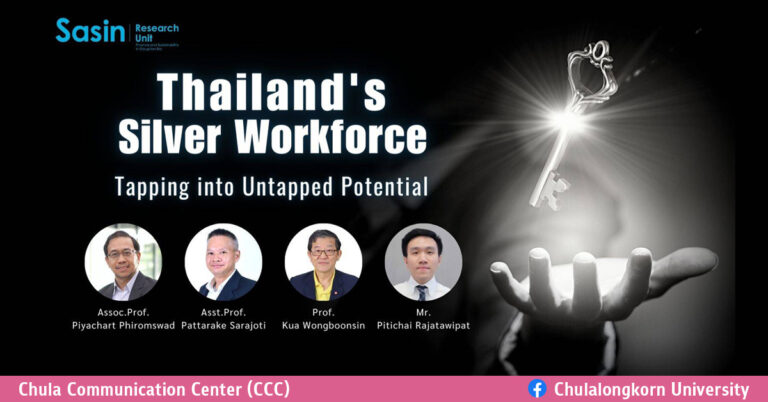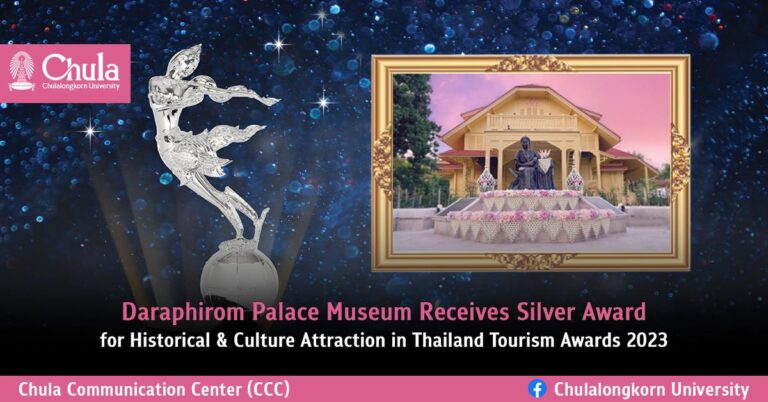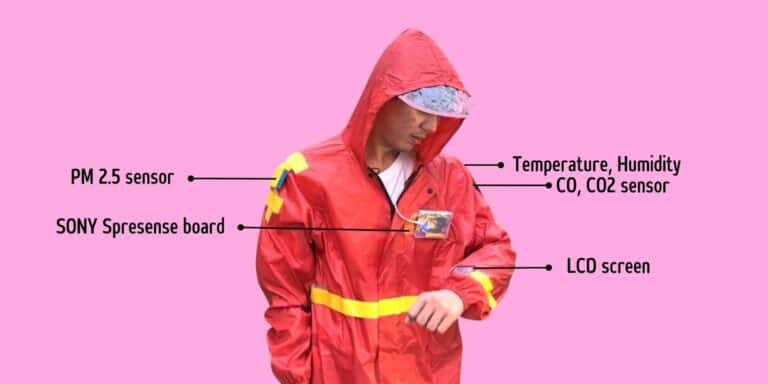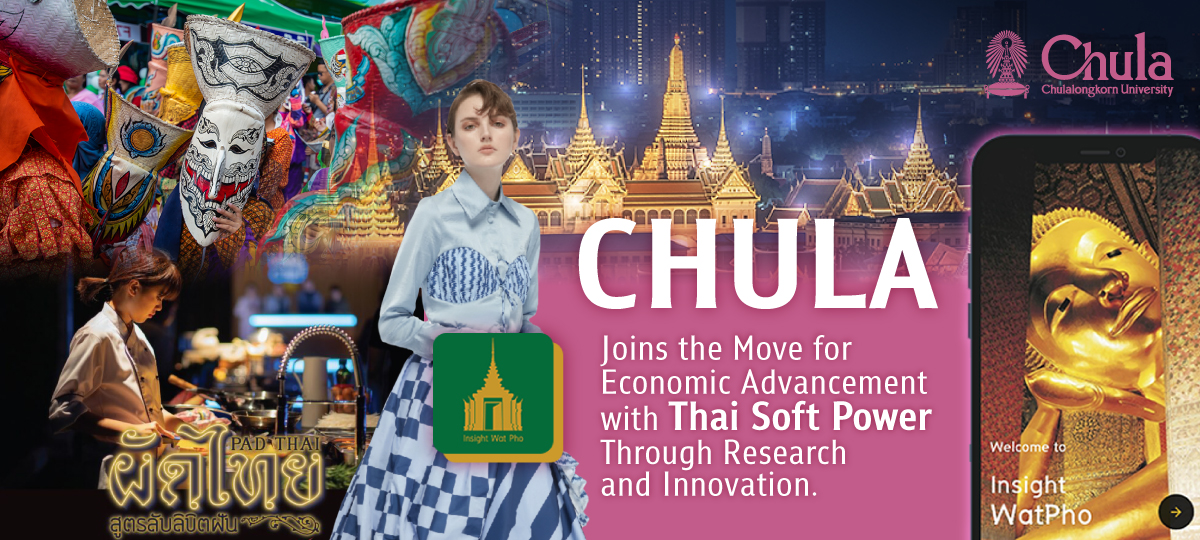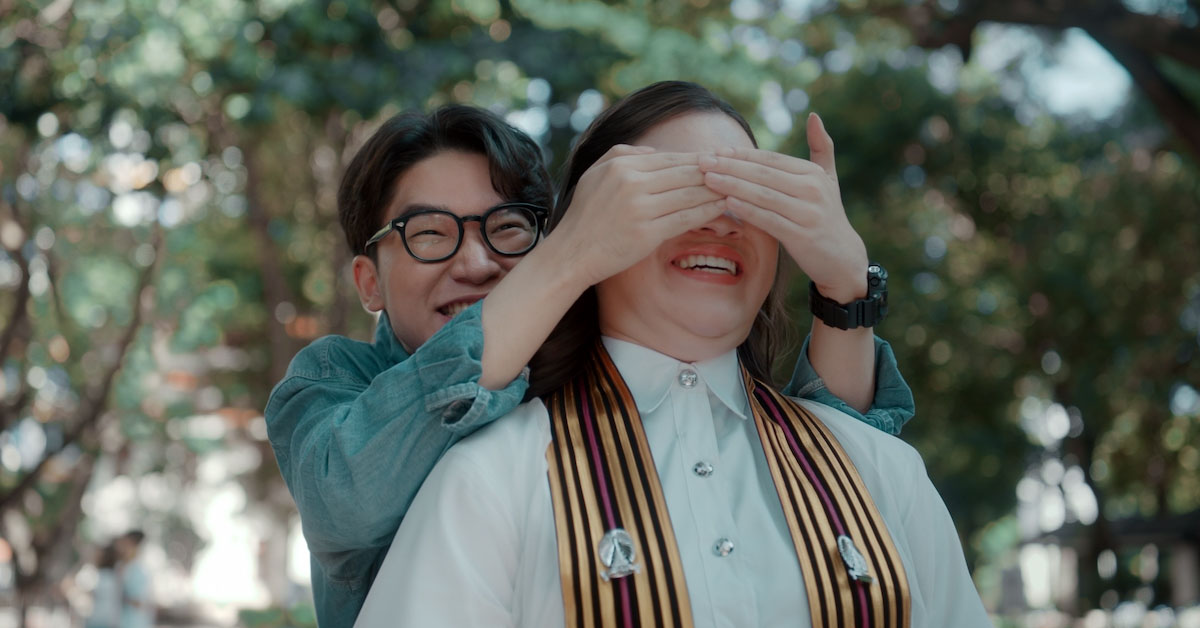Our world has moved from “Global Warming” to “Global Boiling” due to the steadily rising temperatures. Preparations to deal with climate change are therefore an urgency to prevent Thailand and the world from becoming at risk.
Chulalongkorn University’s Department of Botany, Faculty of Science, is equipped with the knowledge on various types of plants and fully staffed by knowledgeable faculty members, researchers, students, and experts who are ready to apply their insight to figuring out the solutions to the current global boiling. The Department of Botany opened the Living Plant Museum at the Glass House, Department of Botany, Faculty of Science, with Prof. Dr. Bundhit Eua-arporn, Chulalongkorn’s President, Prof. Dr. Narin Hiransuthikul, Vice President for Strategic Monitoring and Assessment, Planning, Budgeting and Well-being, and Prof. Dr. Polkit Sangvanich, Dean of the Faculty of Science, along with Assoc. Prof. Dr. Thanuttkhul Mongkolaussavarat, Director of the Science Society of Thailand Under the Patronage of His Majesty the King, Mr. Kampol Tansujja, President of Nong Nooch Botanical Garden Pattaya, Ms. Nantawanchaya. Phachit Praphan, President of Herb4You Co., Ltd. and World Green Plus Co., Ltd., and Mr. Thanathip Sitprasert, representative of Boonrawd Brewery Co., Ltd., attending the opening.
The Living Plant Museum is a permanent exhibition displayed in the Glass House next to the Mahamakut Building, Faculty of Science, Chulalongkorn University. Not only is this a place where plants with botanical significance are kept, it also is a venuie for an exchange of knowledge between faculty members, experts in various fields of botany, and the public who have close experience with nature in each region. The place forms a network of knowledge and understanding that is passed on to the new generation that is eco-conscious, as well as offers lifelong learning to cope with climate change. The exhibition features the “Innovation for Seedlings with High Survival Rate” developed from Mycorrhizal Inoculum bred with rubber seedlings and ratchapruek tree to increase the survival rate of trees amidst the volatile climate conditions.
Prof. Dr. Bundhit Eua-arporn, President of Chulalongkorn University, said, “Chulalongkorn University has announced its commitment to achieve carbon neutrality by 2040 and net zero emissions by 2050. Therefore, we must encourage the Chula community to take responsibility for climate change. One strategy that we’ve been continuously employing is the application of research and innovations in Chulalongkorn to creating social change that will drive society towards becoming a low-carbon society. One area which we emphasize is the development of green urban space and the restoration of forest ecosystems. Faculty members and researchers at the Faculty of Science, specifically the Department of Botany, and our network partners are working tirelessly to cultivate new knowledge, research, and innovation to respond to the Global Boiling situation as warned by the United Nations. We have gathered the knowledge and stored it in the Living Plant Museum, which, from now on, will be a living lab to foster lifelong learning for Thai people to help us deal with future issues and find better solutions for global environmental problems.”
Assoc. Prof. Dr. Sehanat Prasongsuk, Head of the Department of Botany, Faculty of Science, Chulalongkorn University, said that the Living Plant Museum is considered a lifelong learning source where we teach students, conduct research on plants in an evaporative cooling system, and display a permanent exhibition on the diversity and evolution of plants in living conditions. The museum, a glass house with the area of 464 sq. m., contains at least 200 types of both domestic and foreign plants displayed in 6 exhibitions, namely an exhibition on the diversity of plants in the rainforest or tropical rainforest, an exhibition of drought-tolerant plants, an aquatic plant exhibition, a Pteridophyte plant exhibition, an exhibition on bare seed plants, and an exhibition on the evolution of flowering plants. Our aim is for the new knowledge and innovation generated in this museum to help solve environment, economic, and social issues. Recently, we have an innovation for seedlings with high survival rate developed using Mycorrhizal Inoculum Technology by Assist. Prof. Dr. Jittra Piapukiew, a lecturer at the Department of Botany, Faculty of Science. Dr. Jittra has been studying mycorrhizal fungi for over 20 years, beginning with research on the diversity of fungi in the Nan forests and developing into the production of mycorrhizal inoculum mixed in the soil for planting seedlings of rubber trees, increasing hte survival rate of the trees in volatile climate. Chulalongkorn University has passed on the knowledge to the communities and over 3,000 rai of forests in Saraburi and 7 other provinces. In addition, apart from the trees’ survival, many edible wild mushrooms also emerge, such as barometer earthstars, head man slender Caesar, Greencracked Brittlegill, and the Sickener, creating economic value and thus motivating the locals to sustainably conserve the forest.”
Apart from the opening of the museum, the Department of Botany also organized the sustainable development activity “Planting Seedlings to Combat Global Boiling” by preparing 107 rubber seedlings from the innovation for seedlings with high survival rate project to be planted in the community, and a planting activity of “space ratchapruek trees” that have been chosen for the Asian Herb in Space (AHiS) project under the collaboration of the National Science and Technology Development Agency (NSTDA) and the Japan Aerospace Exploration Agency (JAXA) and partner agencies.
The Department of Botany, Faculty of Science, Chulalongkorn University, invites you to join a campaign to fight against global boiling by donating to fund the operations of the “Living Plant Museum” and support the teaching of the Department of Botany. For every 1,000 baht donated, you will receive 1 “seedling for global boiling” from the research and development of seedlings with high survival rate using Mycorrhizal Inoculum Technology. The first 1,000 donors will receive 1 Fight Global Boiling bag via a QR code or https://forms.gle/WoreutYF8FLuQC3k9.
For the full release and more images, please visit: https://www.chula.ac.th/en/news/144729/




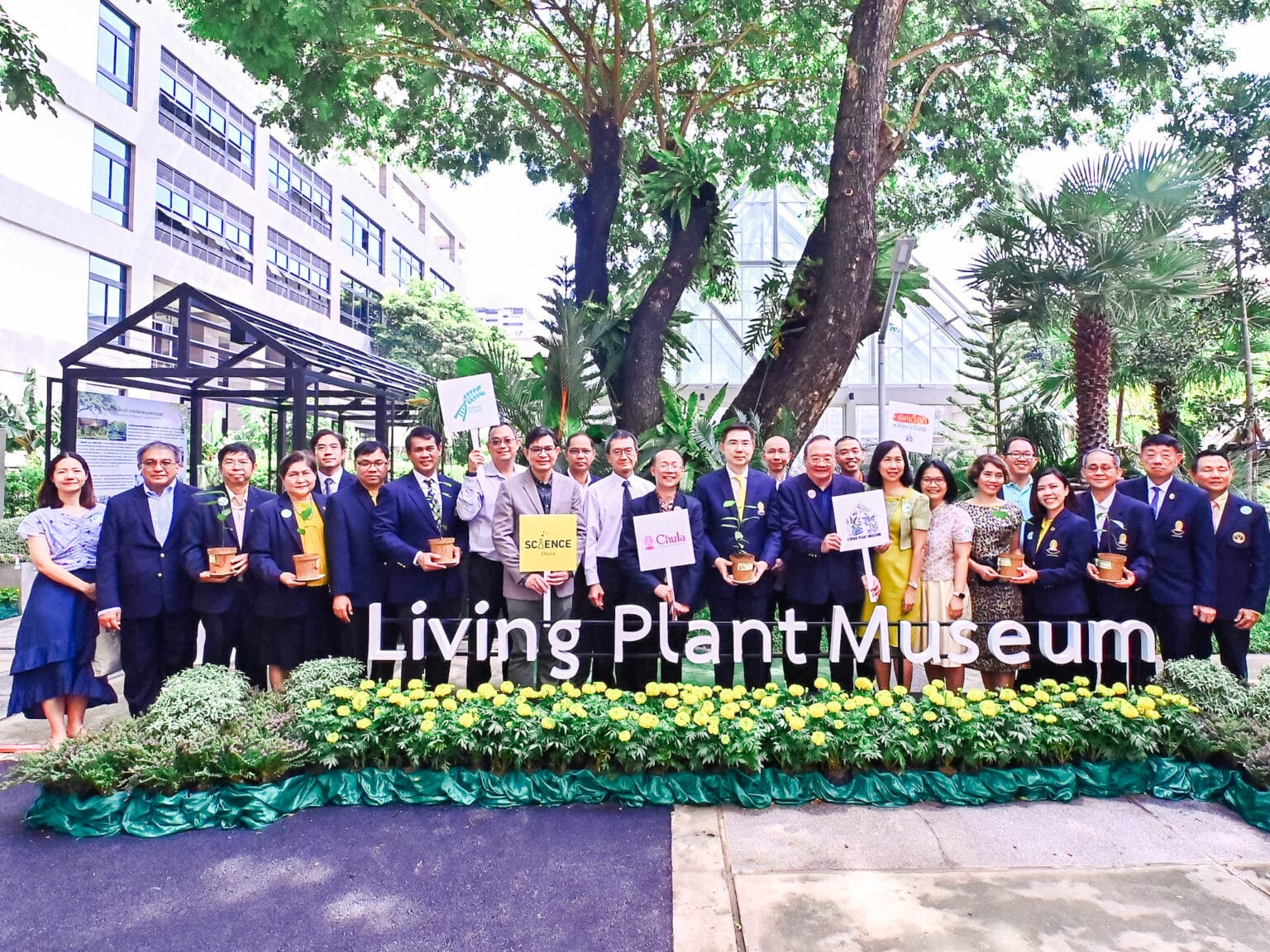
.jpeg)
